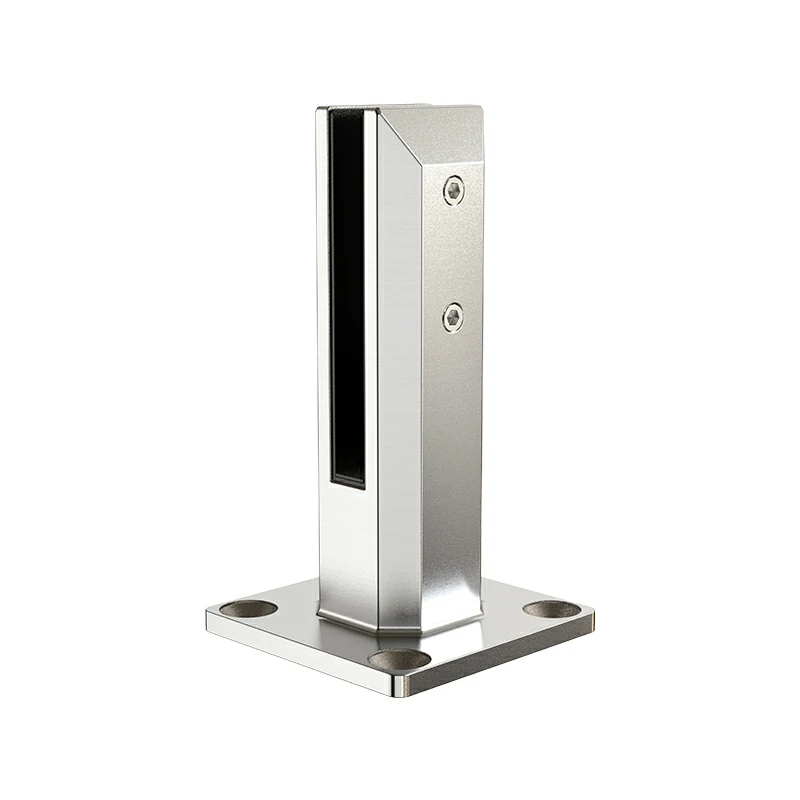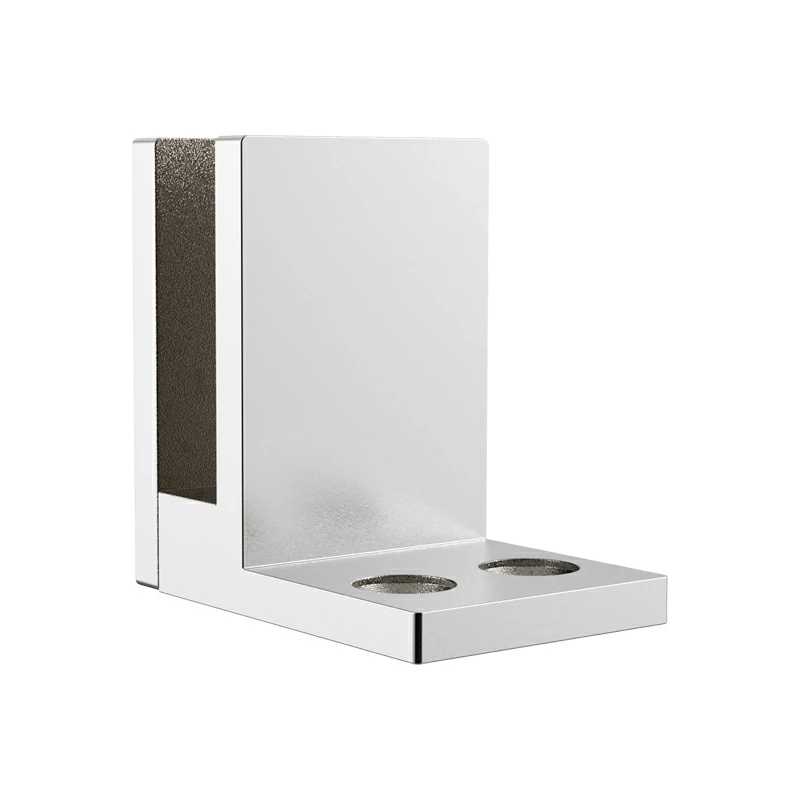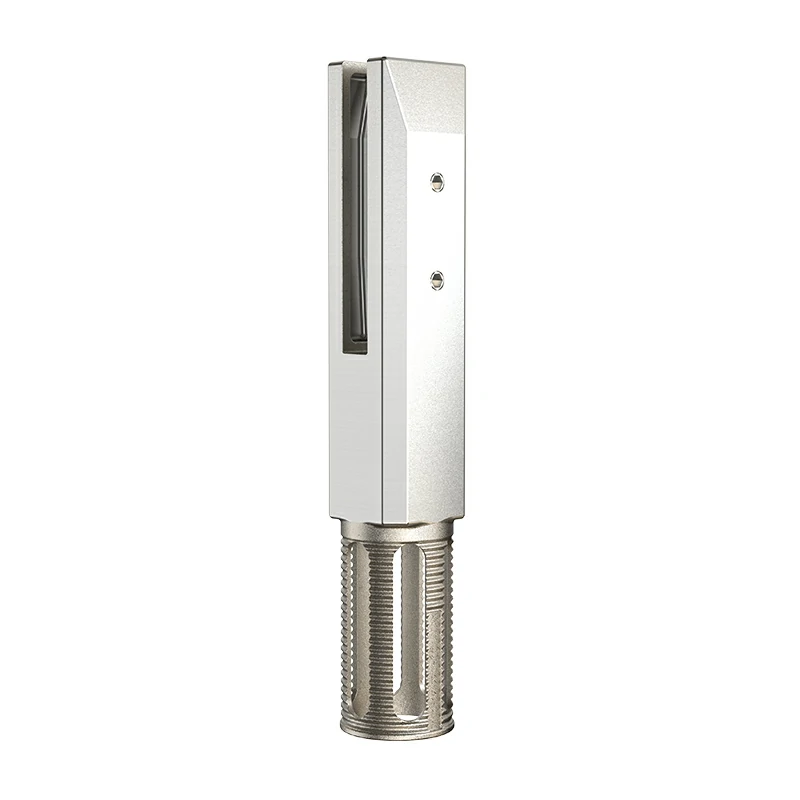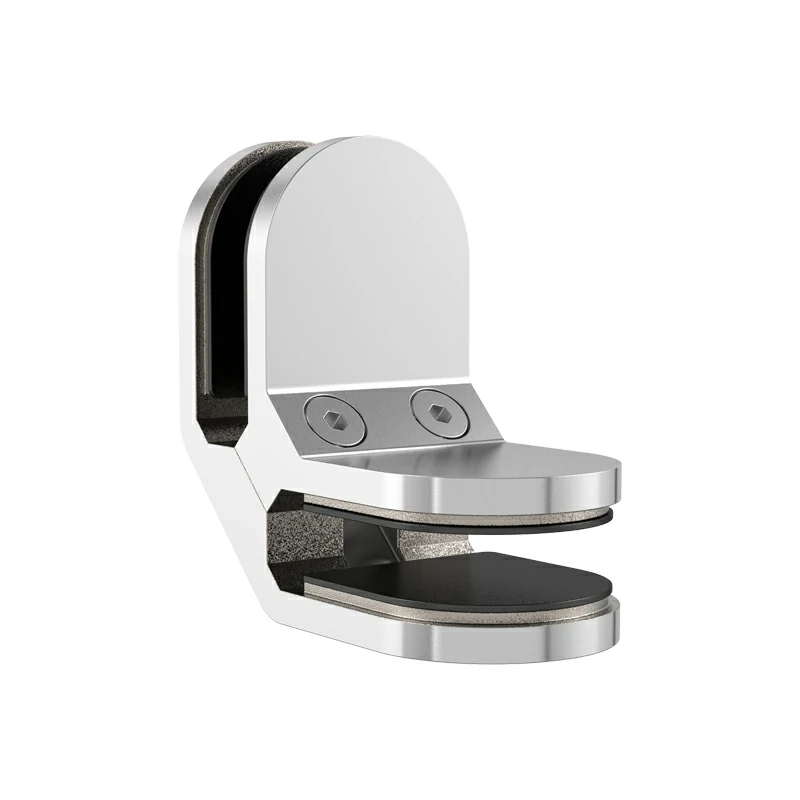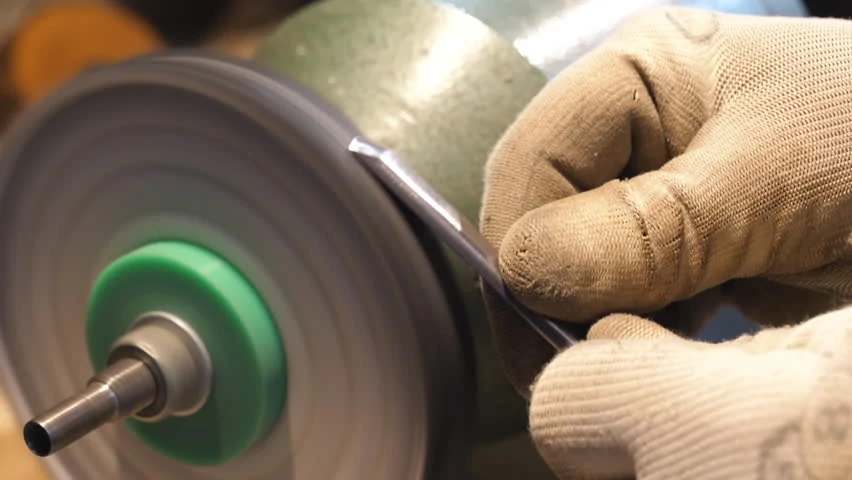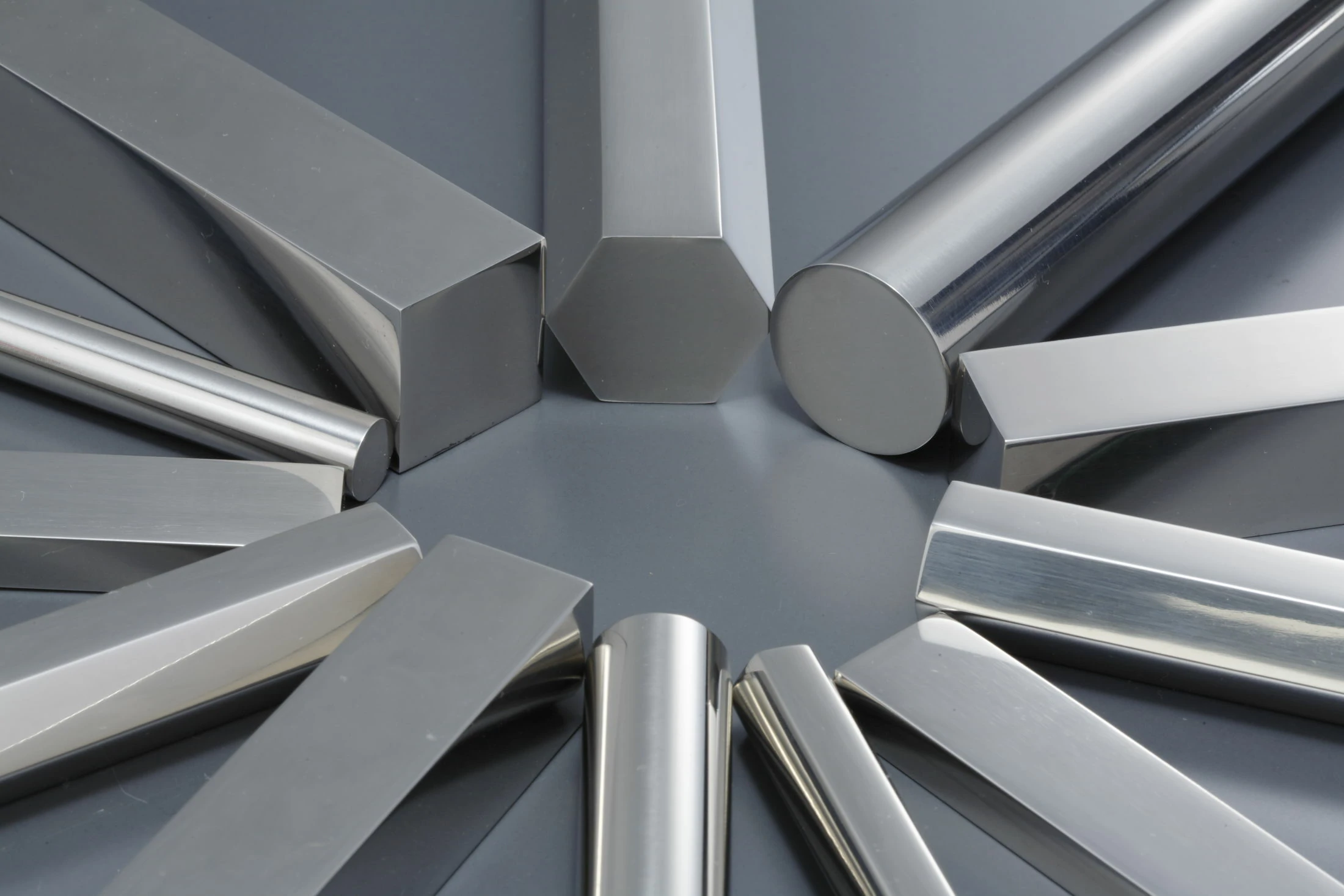Imagine a ship’s propeller battling crushing pressure in the deep ocean, where seawater relentlessly attacks every surface. Ensuring critical parts remain leak-proof under such extremes relies on a remarkable process: Silica Sol Casting. This Silica Sol Casting technique is the unsung hero guarding the heart of marine vessels. Let’s dive into how this "liquid ceramic" wizardry shapes robust ship components.
Silica Sol Casting: Where Precision Meets Perfected Surface Finishes
At its core, silica sol casting—a premium branch of Marine Investment Casting—creates intricate metal parts with near-perfect accuracy and unparalleled surface finishes. Unlike traditional methods, the ultra-fine ceramic mold (from 200-mesh silica sol slurries) captures microscopic details while delivering a defect-free base surface. This means:
As-cast smoothness (Ra ≤ 3.2 μm) minimizes post-machining.
Hydraulic efficiency for pump impellers and valve seats.
Zero paint peel risks thanks to flawless substrate adhesion.
Key Marine Components: Function, Materials, and Craftsmanship
1.Ship Anchors: The Foundation of Safe Mooring
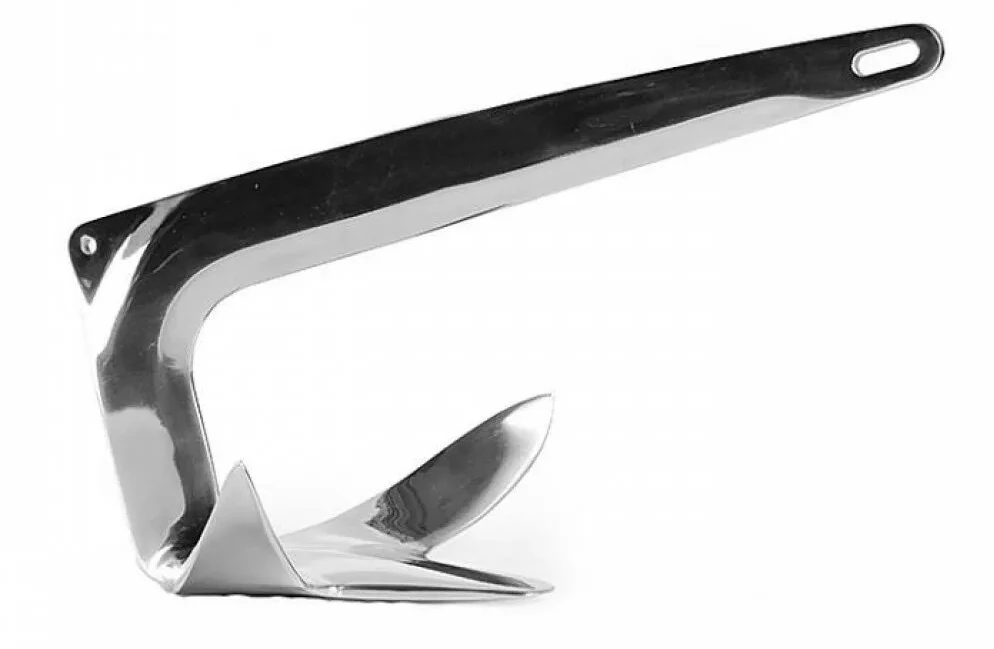
A ship’s anchor is more than just a heavy metal piece—it’s the guardian of stationary safety. Working in five stages (lowering the anchor chain to the seabed, tightening to secure the fluke, lifting the anchor off the seabed, retrieving the hanging chain, and stowing it in the hawsepipe), it relies on both weight and the fluke’s grip to hold the vessel steady . Large merchant ships like oil tankers often use high-holding-power anchors, designed to withstand seabed resistance and storm impacts .
Crafted from high-strength cast steel or alloy steel, these anchors require a tensile strength of at least 350MPa and excellent seawater corrosion resistance .
As Marine Hardware available for large vessels Silica Sol Casting ensures the fluke angle matches the anchor chain wheel perfectly, preventing chain slippage during retrieval, while surface sandblasting enhances corrosion resistance .
2.Windlasses and Winches: The Muscle Behind Anchor Operations
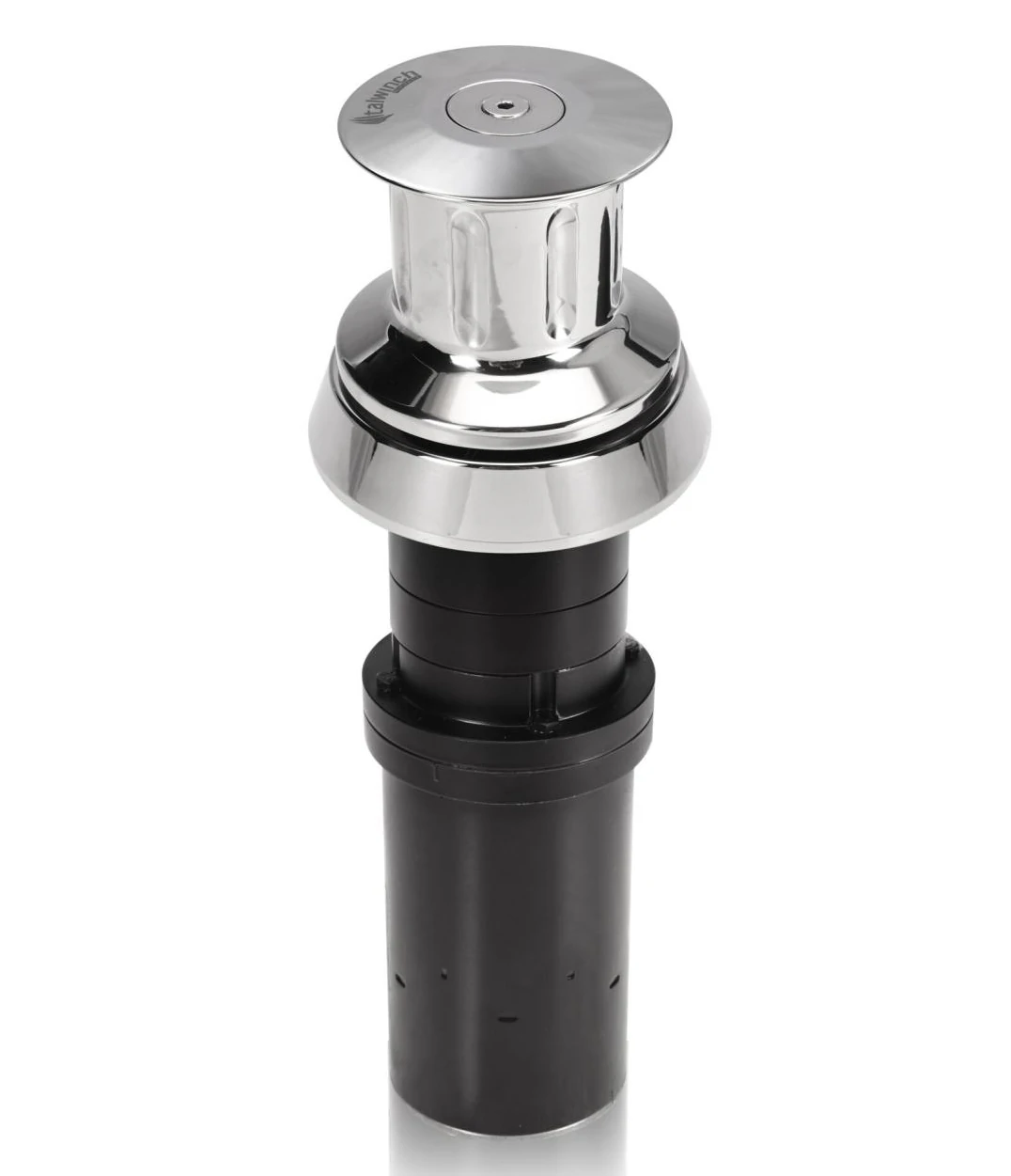
Windlasses and winches handle the heavy lifting of anchors and chains. Horizontal windlasses, ideal for large ships, come with electric or hydraulic drives, integrating chain wheels and cable drums to operate dual anchors simultaneously . Vertical winches, with compact structures and power units under the deck, suit space-limited ship sides for mooring .
Hydraulic drives dominate due to high torque and smooth transmission, while smaller vessels prefer electric drives . Safety is paramount: brakes must withstand 45% of the anchor chain’s breaking load, and overload protection switches to medium speed during jams .
3.Chocks : Guiding Cables Safely
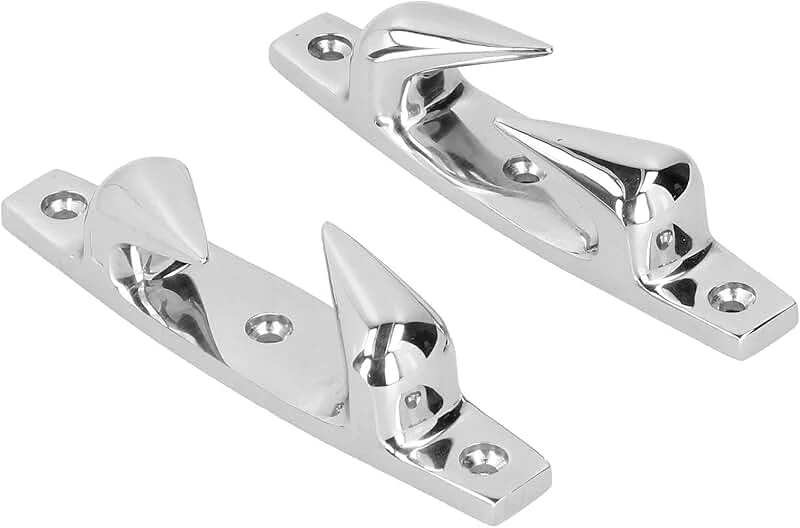
Chocks, a vital piece of Marine Hardware, guide anchor chains or cables through the hull, reducing friction and protecting the ship’s structure. This essential Marine Hardware features streamlined inner walls that cut cable wear by 30% compared to traditional designs. Made from high-chromium cast iron (≥15% chromium) or ductile iron, the surfaces of this Marine Hardware are polished to a roughness of Ra≤1.6μm for low friction.
4.Hatch Latches: Sealing Out the Sea
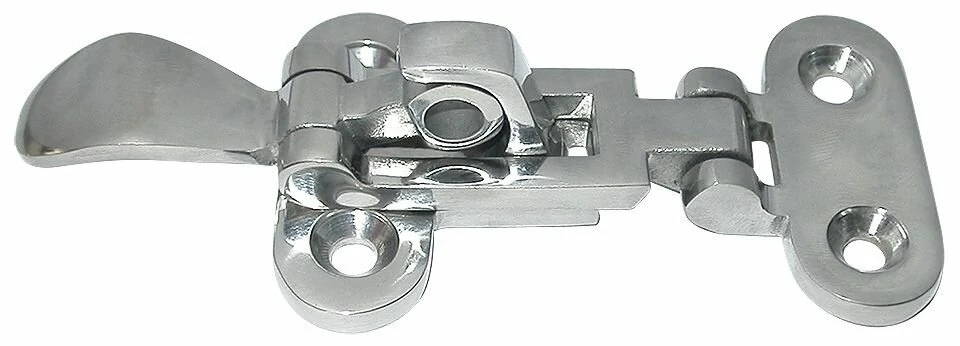
Hatch latches, a crucial type of Marine Hardware, secure hatches or covers, preventing water intrusion and accidental opening. This essential Marine Hardware features a spring bolt and hinge design, requiring just ≤5N・m of force for one-handed operation. Crafted from materials like H62 brass or 316 stainless steel, this Marine Hardware undergoes 720-hour salt spray tests without rust, ensuring reliable saltwater resistance.
5.More Marine Hardware: From Pad Eyes to Deck Hinges
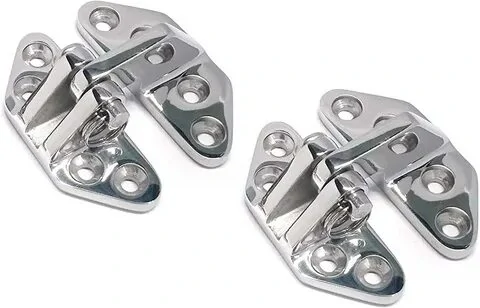
Pad Eyes: These metal plates with round or oval holes secure cables and chains, enduring high tension and dynamic loads. Made from 316 stainless steel or high-strength alloy steel, they resist corrosion and deformation .
Hatch Hinges: Connecting hatch covers to coamings, they enable smooth opening/closing and tight sealing. With single, double, or multi-lug designs, they use corrosion-resistant cast steel, 316 stainless steel, or bronze .
Deck Hinges: Linking movable deck parts (hatches, gangways), they come in heavy-duty (for large hatches) and light-duty variants, using stainless steel or corrosion-treated steel for durability .
Why Stainless Steel for Marine Hardware?
Stainless steel, especially 316, is a marine staple. Its chromium content forms a protective oxide layer against corrosion, critical in saltwater . Combined with high strength, it resists deformation under stress—perfect for parts like pad eyes and hinges .
Manufacturing and Compliance: Meeting Global Standards
Corrosion Resistance: Materials with chromium/nickel (e.g., 316L stainless steel) pass ISO 9227 salt spray tests .
Structural Strength: Power components like windlasses undergo 30-minute continuous load tests plus 2-minute overload tests .
Global Compliance: Products meet IMO regulations and classification society standards (DNV-GL, ABS) .
Our Marine Hardware Casting: Built for the Ocean
At Aleader, we specialize in Marine Hardware Casting using advanced Marine Investment Casting techniques. Our features include:
ISO 9001 Certified: Ensuring consistent quality from design to production .
Pressure Tight Castings: Leak-free performance for critical systems like ballast valves .
Custom Solutions: From high-holding-power anchors to precision deck hinges, we match materials (316 stainless steel, high-strength cast steel) to your needs .
How Can We Help?
Whether you need replacement parts or custom-cast components, we navigate Certificates and Compliances (IMO, DNV-GL) and deliver durable, corrosion-resistant hardware. Contact us to discuss your Casting Applications—we’re here to keep your vessels seaworthy.

